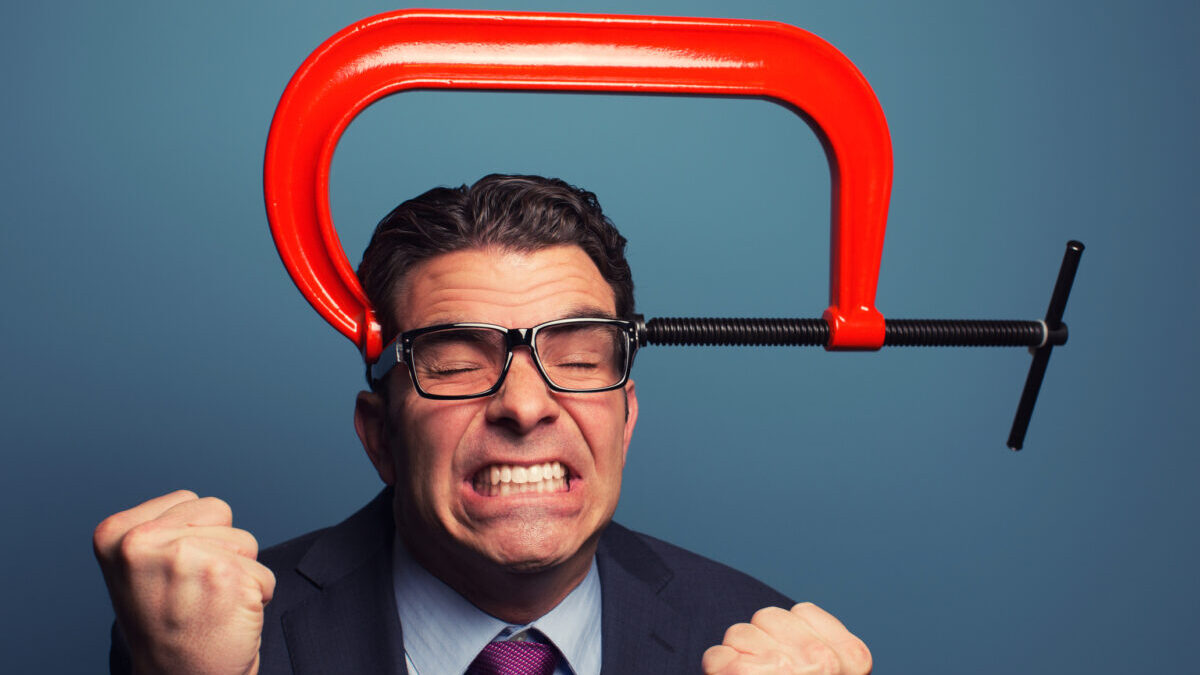Is your lithium stock having a rough week? China may have something to do with it

Pic: RichVintage/E+ via Getty Images
- After stabilising through the middle of the year lithium prices have been falling for over three weeks in China
- Experts say the market is well supplied and EV growth rates are below expectations
- But Australian spodumene producers are still pulling in high prices as margin shifts to the mine
Market darlings of the lithium world are falling like that dude in the Bizarre Love Triangle video.
Over the past week Pilbara Minerals (ASX:PLS), which is printing cash and poised to announce a second consecutive dividend with its FY23 results next Friday, is down over 12% over the past five trading days.
Allkem (ASX:AKE) has tumbled more than 10% over the same period, while IGO is down almost 6% and MinRes almost 9%.
Things are even headier for the sector’s mid-tier. Core Lithium (ASX:CXO) has suffered the biggest fall after it had to raise $120 million for working capital and development amid ramp-up issues at its Finniss mine in the NT.
The culprit is, barring individual issues like those faced by Core and exceptions like Azure Minerals (ASX:AZS) and Delta Lithium (ASX:DLI) who are riding high on some M & A action, falling lithium prices in China.
We’ve been here once this year before.
The battery metal, inextricably linked to the growth of the electric vehicle sector globally but especially in China, saw an historic boom last year beyond the wildest dreams of miners almost sent to the wall when prices crashed on oversupply issues in 2019.
Battery grade lithium carbonate and hydroxide chemicals hit prices in excess of US$80,000/t as EV sales increased 35% worldwide, dramatically outpacing supply from the lithium sector. 6% lithium concentrate called spodumene, produced by hard rock miners in WA, was at one point fetching more than US$8000/t on the spot market.
Prices fell into the US$20,000/t range earlier this year before stabilising and rebounding as Chinese converters restocked in May and June.
But they have fallen for more than three weeks straight in the Middle Kingdom, with Fastmarkets last reporting North Asian lithium hydroxide prices at US$34,000/t and carbonate at US$33,000/t.
At the end of June those same materials were going on the spot market for US$46,000/t and US$41,500/t respectively.
And experts suggest we may not have seen a floor yet.
Uncertain demand leads to bear moves: Benchmark
In its most recent price assessment Benchmark Mineral Intelligence assessed battery grade lithium carbonate down 9.2% to US$33,075/t in China, with hydroxide falling 8.3% to US$32,325/t.
Spot prices in Asia are slightly higher, but traders and converters are moving product now in anticipation for further weakness to come.
“Given the strong supply picture and perceptions of an uncertain demand outlook for Q4 2023, lithium producers and traders in China sought to shift material swiftly, in anticipation that prices would continue to fall in the near term,” BMI said.
“Moreover, falling futures prices during the assessment period further weakened domestic market sentiment.
“Amid tumbling lithium chemicals prices in China and anticipation that price declines would continue in the short term, contacts reported that traders in China looked to sell material into the seaborne Asia market to capitalise on the price premium present in those markets.
“This depressed both carbonate and hydroxide spot prices on a CIF Asia basis.”
What is all behind this?
Over at Stockhead we like to dig a little deeper. So we spoke to Fastmarkets senior research analyst Chandler Wu to get his take on why the Chinese market was falling into a funk.
It’s a mix of a couple things, Wu said.
On the demand side China’s sales growth for new energy vehicles has not been as strong as in 2022, owing in part to concerns from the Chinese economy and weak consumer spending.
On the supply side the northern hemisphere summer has seen a ramp up in production from brine operations, while higher prices have temporarily brought high cost supply, which shut down in April, back into the market.
“If we use the growth rate of the LCE minus the growth rate of the EV market, you will see that the spread is widening,” Wu said.
“So in this case that you can see that the EV markets is lower than our expectation. It’s still very good, I mean, 20% or 30% growth within China. But if you compare to the last year, 2022, it’s lower than our expectation.
“If we talk about lithium production supply, up 30%, if your EV market growth rate is lower than 30%, the price will go down – it’s the logic.
“Also in the summertime, you can see that a lot of LCE is sourced from the brine because that’s highly connected to the temperature so you can see that the production of their sea is higher in the summer, than in the winter.”
Wu said a weak real estate market in China and youth unemployment were also adding to lower consumption rates for new energy vehicles.
Spodumene prices remain high
Should this be a major concern for Australian lithium producers?
Not necessarily. Australian miners are at the low end of the cost curve and continue to see strong demand for their primary product, spodumene concentrate.
While chemical converters and higher cost swing production in China may be facing pressure on margins, current 6% Li2O prices are in the mid-US$3000s on spot.
That provides strong enough margins for Australian miners to deliver grades well below the benchmark 6% standard and still make strong profits.
Why has spodumene remained sticky while converter margins have been falling?
“If we talk about … the capacity of the mine and the capacity of the smelting facilities we can see that the mine is still deficient here currently,” Wu said.
“This is the redistribution of profit in the lithium supply chain.
“Mines occupy the majority of the profit margins, but if we take one years ago, it’s a different story, the processing part takes the majority of the production profit margin.”
Wu compared it to the process several years ago when iron ore producers Rio Tinto (ASX:RIO) and BHP (ASX:BHP) saw profits rise as margins moved from China’s steel mills to the Pilbara majors.
In recent months we’ve seen numerous ASX-listed lithium miners walk back or revisit downstream processing plans, notably Mineral Resources, which cancelled a deal to invest in two lithium hydroxide plants in China in favour of exploring mid-stream salt production in WA for sale to European and American converters and OEMs.
Pilbara Minerals has approved a $105 million demo plant to create an 18% Li2O lithium phosphate using electric calcining technology developed by Calix (ASX:CXL), while Liontown Resources (ASX:LTR) MD Tony Ottaviano indicated part of a strategy to study downstream plans with Japanese trading giant Sumitomo would be looking at whether it would be best to beneficiate ore from its under construction Kathleen Valley mine into salts onshore before further refinement overseas.
What’s next for lithium?
With lithium’s latest rally now in the books, what could be coming for lithium heading into 2024?
Wu says it is too early to say and would depend in large part on monetary policies in China. One complicating factor for EV sales growth is China has already reached its 2025 penetration target in 2022.
With futures prices falling further than spot, he said prices were still on the “downturn corridor”.
Supply is also rising from Chinese-controlled mines in Zimbabwe, like the Bikita mine.
Brownfields expansions at established Australian operations like Pilbara’s Pilgangoora, MinRes’ Mt Marion and the world-leading Greenbushes mine in WA’s South West are also ramping up.
Related Topics

UNLOCK INSIGHTS
Discover the untold stories of emerging ASX stocks.
Daily news and expert analysis, it's free to subscribe.
By proceeding, you confirm you understand that we handle personal information in accordance with our Privacy Policy.








